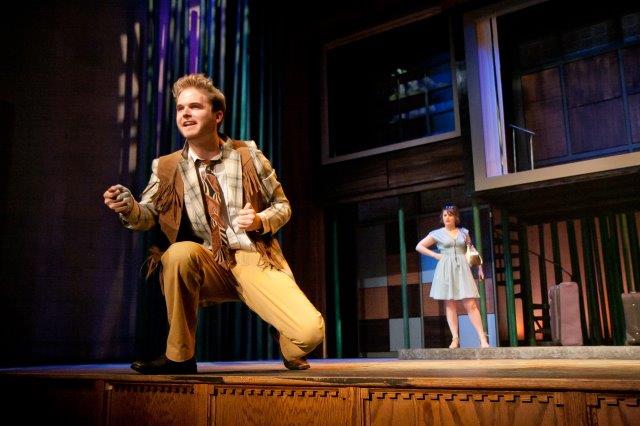Opinion | Keep your camera on during Zoom lessons
January 21, 2022
I used to think my professors were indestructible figures that embodied perfection. Their calm approach to the toughest problems we could throw at them reflected their control over every situation. Professors work hard to hold up this facade of strength and stability for us to feel comfortable while making the precarious journey of a college education.
But on rare occasions, we see the facade crack and expose the person behind the professor. We hear the hesitance in their voice after speaking to no response, we see them glance down to avoid the uncomfortable situation, and we notice when they have been thrown off their flow. Professors are people too. Emotional burnout from the pandemic among educators is an issue that continues to take away the joy of teaching from many.
We need to treat them with the same compassion we do with everyone else. I personally find that the first step forward starts with keeping your camera switched on during Zoom lessons.
The pandemic disrupted our social lives, and as we enter the third year of minimized, distanced and masked interactions, it’s important to begin reconnecting with other people. By keeping my camera switched on, I attain a sense of normalcy through seeing a person while speaking with them.
This connection is beneficial to the psyche of both the instructors and students who will feel happier, less lonely and more motivated overall. Since it’s difficult to keep morale up through these difficult times, I find that I can do my part simply by keeping my camera switched on so that my professors don’t feel like they’re being ignored or speaking to themselves.
At a university level, classes are designed as collaborative learning experiences. In order to create opportunities for such interaction, professors assign group based projects or peer-to-peer methods — exposing learners to diverse perspectives and preparing them for real world scenarios.
With limitations to interaction over Zoom, I believe that we as learners need to make a deliberate attempt to make the best of our courses. Interaction and collaboration is more than just speaking up during group activities and responding to the professor’s questions. I believe that the non-verbal cues that come from facial expressions and gestures give our peers and instructors much more to work with.
With the camera switched on, there is an exchange of unspoken opinions that can help peers understand if they are on the right track and they also help the instructor decide how to help their learners improve. This ensures that the objectives of the course are being met effectively and provides a better experience for everyone involved.
When we come to lessons in person, there is a sense of accountability for our learning. As standard classroom etiquette, most students minimize distractions to ourselves and to others to make the learning environment better. We refrain from texting in class and keep our devices silent. This kept us focused. But over Zoom, we often get away with getting distracted when we keep our cameras switched off.
As much as I would love to catch a quick nap in the middle of my 2.5 hour lesson, I know it wouldn’t help me pass the class. Holding yourself accountable for your own learning is a key factor for academic success, and it begins by making a conscious effort to stay focused. When my camera is switched on, it reminds me that if I get diverted, people will notice and the class will be disrupted.
Senior staff columnist Genna Edwards argued in 2020 that switching off the camera on Zoom is empowering because it reduces low self-esteem and body-checking. It’s true that the pressures of looking a certain way tend to escalate when everyone in the Zoom meeting can see us.
Thankfully, as we begin our Spring 2022 semester, updates to Zoom may help solve the issues Edwards wrote about. Zoom’s December 2021 update included the new “Focus Mode” feature, which aims to help learners stay attentive during online classes by reducing distractions. With focus mode, only the instructor is able to see everyone’s video while the learner can only see the instructor’s video.
This is great for large lectures, and if it’s necessary, breakout rooms can be used for group sessions. Professors can now see everyone’s face and the non-verbal cues from learners that can help them make adjustments to the lesson. For learners, it reduces potential anxiety of being seen by a large group of peers while retaining the collaborative aspect of class.
Although sometimes it’s just me and the professor with our cameras switched on in a class of 200 students, I try to take it in stride. Sure it feels awkward, but I’m sure it makes a difference to the professor who would have to keep their camera switched on alone if nobody joined them. And honestly, I think I’m too old to care about how awkward it feels. I value more that I’m doing something to improve my learning experience and forming a real human connection with my peers and professor. I implore you to do so as well — the experience may surprise you.
Harsh Hiwase writes about ethics and is unfazed by being the only one in class with his camera switched on. Write to him at hah143@pitt.edu.




